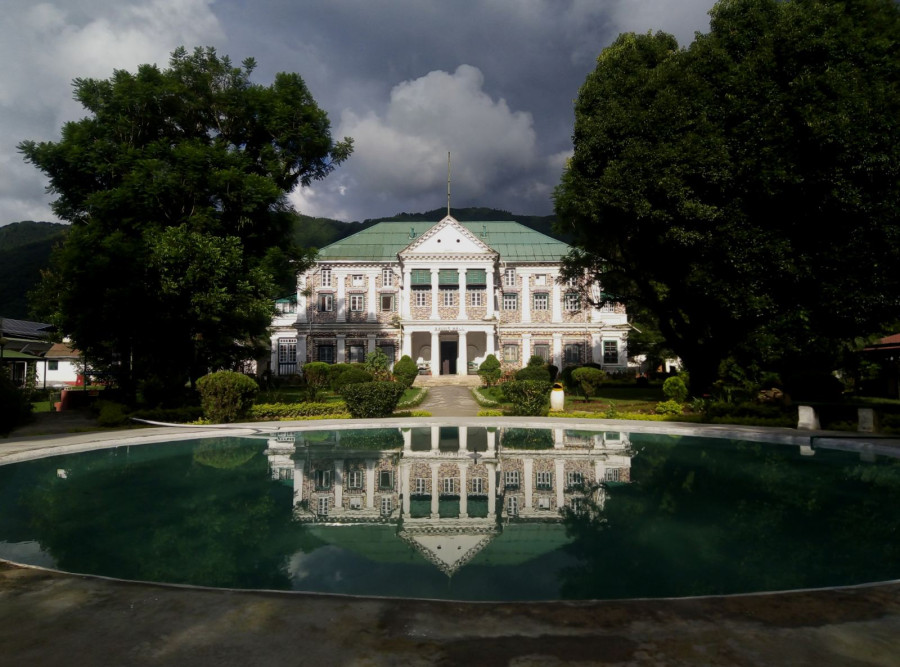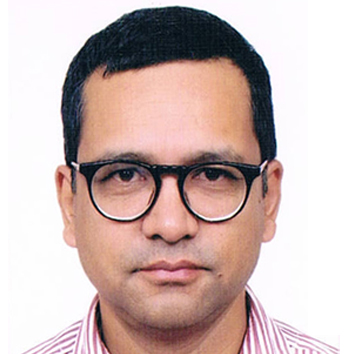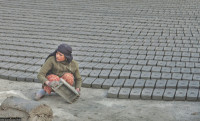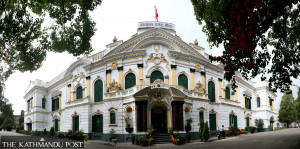Columns
St Xavier’s at 75
The school has benefited Nepal over the past three quarters of a century.
Pratyoush Onta
On July 1, 2025, St Xavier’s School Jawalakhel began to celebrate its 75th year of existence. The mayor of Lalitpur Metropolitan City (LMC), Chiribabu Maharjan, was the chief guest at the event inaugurating the upcoming year of celebrations. Maharjan recalled how, in his childhood, as a student of another school in Lalitpur, he looked at the crisply dressed boys of St Xavier’s (StX) in wonder.
The founding moment
I graduated from StX in 1981. The folklore among graduates of the school regarding its founding is that Fr Marshall D Moran, then based at StX Patna, was invited by King Tribhuvan to start the school after the end of the Rana rule in February 1951. However, as the recent archival research (published in Samaj Adhyayan No 20) of two Martin Chautari researchers, Lokranjan Parajuli and Rukh Gurung, has shown, the series of decisions that led to the founding of the school can be traced back to at least 1946. After Padma Shamsher Rana became the new prime minister in November 1945, he took several initiatives during his 29-month tenure to demonstrate that he was open to limited reforms.
As Parajuli and Gurung note, a notice was published in the state-owned Gorkhapatra on June 28, 1946, stating that a residential public school was being planned at a “healthy location outside the city.” The notice further asked families interested in admitting their boys to such a school to contact the Director General of the Department of Education within 15 days. General education, religious education and arts education were described as being in the curricula. The proposed fees were about Rs100 per month, expensive for the time. Parajuli and Gurung note that an editorial published in Gorkhapatra on the same day suggested that households with modest incomes would not be able to benefit from the school.
The school was not founded during the reign of Padma. We do not know the reasons, but Parajuli and Gurung speculate that maybe not enough “demand” was declared after the notice was published. They also suggest that the simultaneous provisioning of Gandhi-inspired Basic Education might have meant that the boarding school idea did not receive adequate priority.
Padma was pushed out by his first cousins and eventually resigned. Mohan Shamsher succeeded him in April 1948. In October 1949, Fr Moran came to Kathmandu for about a month to supervise the exams at Tri Chandra (TC) College on behalf of Patna University, to which TC was affiliated then. He met with Mrigendra Shamsher (who looked after education) and PM Mohan to advocate his school idea. According to Moran’s biographer, Donald A Messerschmidt (Moran of Kathmandu, 1997), “he would comment … tactfully, to his hosts about the need for a good school.” Moran also used his free time to visit various places, looking for appropriate sites, and, during one such visit, identified Godavari as a good location for the school.
According to Parajuli and Gurung, another notice was published in Gorkhapatra on July 19, 1950. In the absence of such a school, families forced to send their boys to schools in India were reportedly facing duress. This notice recognised this duress and further stated that Mohan Shamsher had commissioned a study to gauge the demand for a residential school. The study seems to have gone on for about three months. Another notice was published in Gorkhapatra on November 3, 1950, stating that a residential public school would be opened in Godavari or a similar location, and those interested should submit their applications soon. According to Messerschmidt, Mrigendra Shamsher had already met Moran in Patna on November 1 to inform “him personally that…the government was ready to allow the Jesuits to start a school at Godavari.”
But rapid political developments precipitated the end of Rana regime. On February 18, 1951, a new government was formed. According to Messerschmidt, the new education minister sent a telegram to Moran asking him to “Come at once.” Moran came to Kathmandu for a short trip in March to start the process of repairing the Rana buildings in Godavari where the school would be housed.
According to Parajuli and Gurung, another notice was published in Gorkhapatra on April 13 saying students would be admitted to four grades (preparatory, grades 3, 4 and 5). It was further stated that the students would be taught the Senior Cambridge course. For the first time, the notice also revealed Moran’s involvement in the school. The fees were said to be Rs65 per month, which was still expensive. On June 25, 58 students were selected after interviews were conducted at Singha Durbar. A few students returned from Patna to continue their studies at StX Godavari, which began its classes on July 1, 1951. Two other boarding schools were also established in other parts of the Kathmandu Valley in 1951.
Hence, this new research suggests that broader dynamics were at play behind the founding of StX. As Parajuli and Gurung suggest, quite possibly Nepali elites wanted their sons to study in a school in Nepal so that they would not be exposed to potentially “deleterious” influences in a recently independent India rife with the violence of partition. They also suggest that the Nepali rulers were interested in preventing money from going abroad to cover educational expenses.
The changing dynamics
Early in their days here, the Jesuits who managed StX figured out they had to build a good relationship with the Royal Palace and Nepal’s other ruling elites if they wanted to run the school smoothly. While members of the royal family did not study at StX, they were frequently invited to visit the school. By the time I joined StX in the 1970s, StX had the reputation for being the best school for boys in the country. Sons of families that composed the elite class of Nepali society—top politicians, leading businessmen and high-level bureaucrats/security personnel—studied there. Kids of more modest social class backgrounds also studied there. Several StX graduates served in important positions in the Palace secretariat after Birendra became the king in 1972. Others were located in vital positions in the Panchayat state apparatus.
After the demise of the Panchayat System in 1990, two factors contributed to significant changes in StX’s “location” in Nepali society. First, many members of the founding group of North American Jesuits passed away or retired, and a younger group of Jesuits from India came to leadership positions in the school. The second factor was external. Economic and political liberalisation of the 1990s led to the founding of many new private schools across the country. These schools and the social signals they started to send better suited the neo-liberal desires of the times, and many of the elite began to send their children to these new private schools.
Although I do not know the inside story, it seems that after celebrating the golden jubilee in 2001, the new leaders of StX decided to seek a different constituency of students in their schools. The decision to convert StX into a co-educational school, to convert Godavari School into a separate high school, mainly catering to students from the locality and to keep the tuition fees comparatively low are all evidence that suggest as much. These decisions have not pleased some of the older graduates of StX, who are nostalgic for the times when the school was an institution for the sons of the country’s elites.
There will be occasions in the future to do a more in-depth analysis of the way the StX has benefited Nepal over the past three quarters of a century. For now, I celebrate 75 years of service that it has provided to Nepal.




 7.12°C Kathmandu
7.12°C Kathmandu















